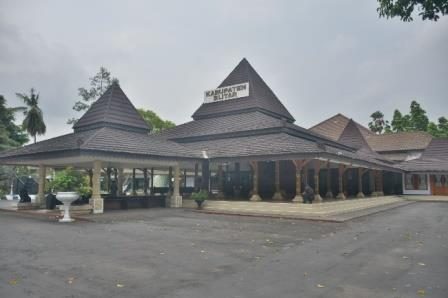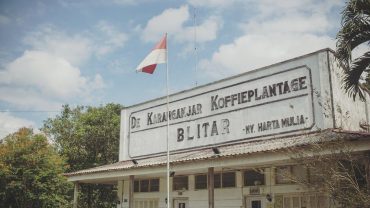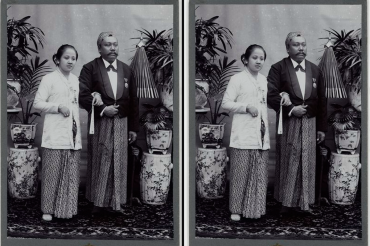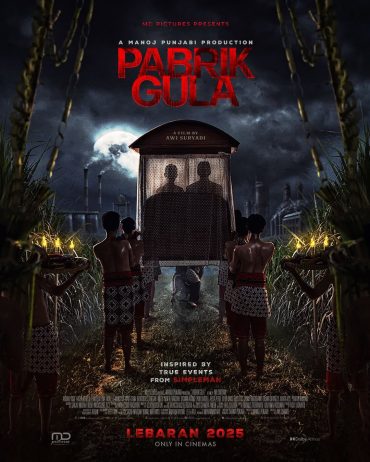Behind the glittering celebration of Blitar's Anniversary, which always falls on 5 August, there is a historical mystery that is rarely revealed, namely the existence of the Karangtengah Inscription.
Is the city really 700 years old, as it is believed to be?
Or perhaps older than those recorded in official inscriptions? This question began to arouse the curiosity of many people after the discovery of an ancient relic that could change our view of Blitar's origins.
The Karangtengah inscription, opening a new chapter in the city's history, reveals the startling fact that Blitar civilisation may have flourished long before the 14th century, even as early as the 7th century AD.
The establishment of Blitar Anniversary on 5 August is based on the Balitar I Inscription, which was inaugurated by King Jayanegara in 1324 AD.
This inscription marked Blitar's existence at that time, and until now, the date is always remembered as an important milestone in the city's history.
However, historians and researchers continue to debate the true age of the city.
There is an opinion that Blitar may be much older than expected, even exceeding 700 years, based on various other historical findings.
One of the most important discoveries in this debate is the Karangtengah Inscription, which was found in Karangtengah Village, Blitar.
This inscription adds to Blitar's rich history, showing that the city has been an important centre of civilisation since the 7th century AD.
With the date written on the inscription, 671 Saka or around 749 AD, Blitar is believed to have been a developed region long before the heyday of the Majapahit Kingdom.
In-depth research into the Karangtengah Inscription led by Gus Dian, a renowned anthropologist, revealed that the inscription dates back to the Kalingga Kingdom, precisely during the reign of the last King, Shri Mahaprabhaja Panangkarama.
This inscription contains information about the granting of sima swatantra - or tax-free land - in the agricultural region of Karangtengah as a form of appreciation to the local people who helped the kingdom in winning the war.
This gift of tax-free land shows how important the region was to the Kingdom of Kalingga, as well as how advanced the civilisation of Blitar had become since that time.
However, this discovery did not stop at the excavation of the history of the Kingdom of Kalingga.
Furthermore, the Karangtengah Inscription illustrates how vital the region was as a productive agricultural centre.
According to preliminary research, the soil in the Karangtengah area is known for producing lulut rice, a type of rice that is resistant to floods and lahars.
The existence of this rice proves the ability of the ancient Blitar people to adapt to the environment and develop sophisticated agricultural technology.
In addition, the Karangtengah Inscription is also proof that Blitar has played an important role in Javanese history since thousands of years ago.
This was emphasised by Sasmitro, Chairman of Pokdarwis Wono Madyo in Karangtengah Village, who asserted that this inscription not only records history, but is also an important symbol that can educate the community about their cultural heritage.
The discovery and research carried out on the Karangtengah Inscription not only opens the veil of a long history, but also becomes an important mirror for modern society to appreciate and preserve the heritage of their ancestors.
With this inscription, Blitar is increasingly recognised as a city with a deep and rich history that goes beyond the official age of its anniversary.
Although research into this inscription is still ongoing, great hope exists that more and more experts from various fields will make further contributions to deepen the understanding of Blitar's history and existing cultural heritage.
The discovery of the Karangtengah Inscription also opens up great opportunities for the development of educational tourism in Blitar, where local communities and tourists from all over can get to know more about the Blitar civilisation that has existed for thousands of years.
In addition to the Karangtengah Inscription, the De Karanganjar Koffieplantage Plantation also has a shrine known as the Karangtengah Inscription. Gadhung Melati.
This site still holds its own mystery because the truth has not been confirmed.
The existing sources are mostly oral stories passed down from generation to generation by the local community.
Without the support of stronger written or archaeological evidence, Gadhung Melati remains a part of local history that continues to attract attention, while inviting further questions about the cultural and historical heritage of this plantation area.










 Home
Home
 IG
IG
 TikTok
TikTok
 Shopee
Shopee
 Chat
Chat